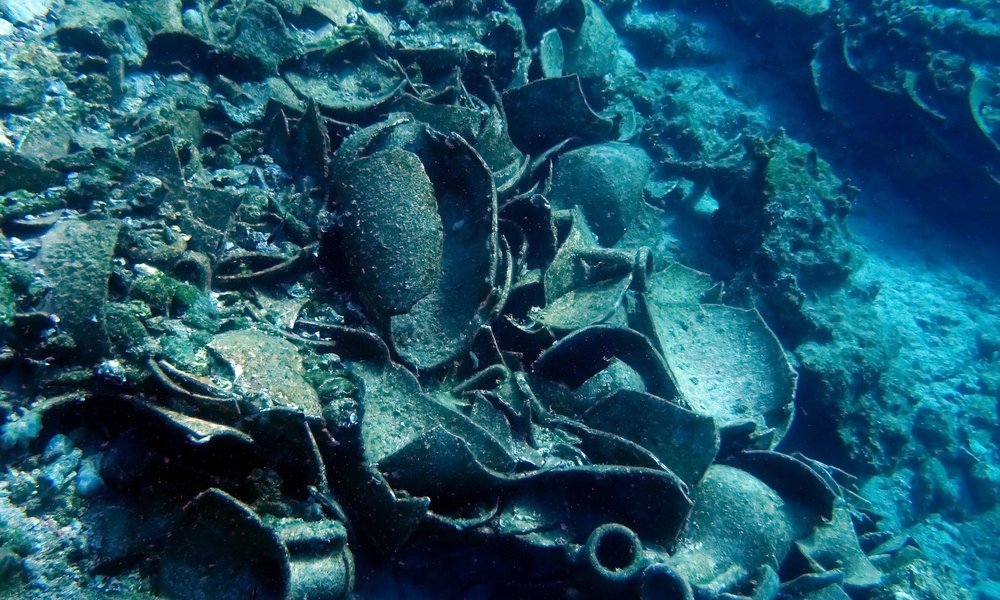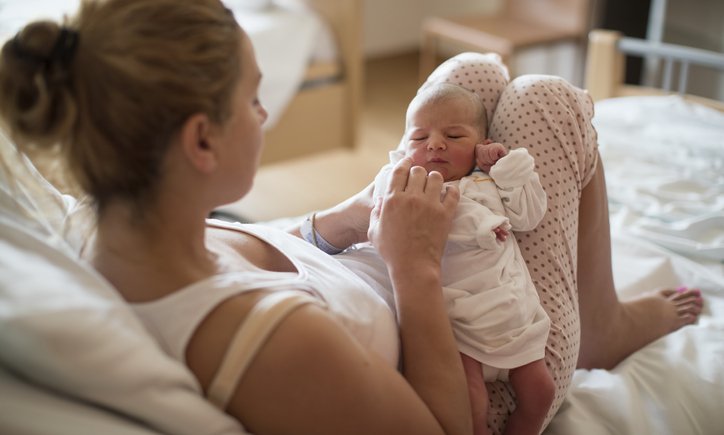Fukushima, fishing and the future of coastal communities: can the clean-up of a nuclear disaster help rethink the role of place and community in tackling climate change?
by Dr Leslie Mabon
25 Oct 2021
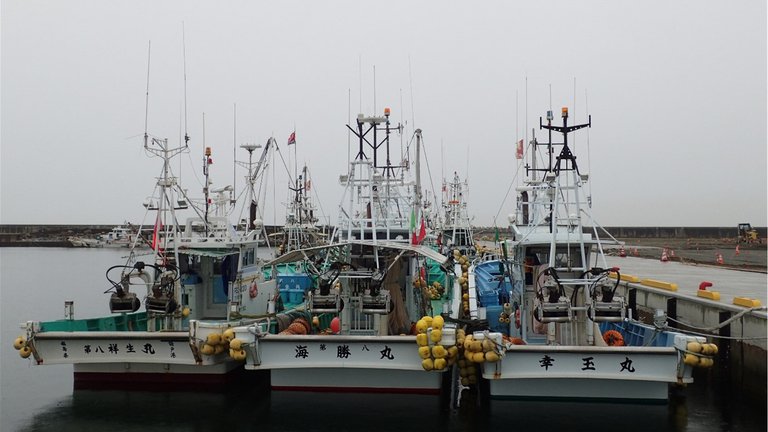
More than 10 years have passed since the Great East Japan Earthquake and Tsunami of 11 March 2011 disabled cooling systems at the Fukushima Dai’ichi nuclear power plant, setting in motion a catastrophic chain of events that led to the release of large quantities of radioactive matter into the land and sea of Fukushima Prefecture. While much has been done since to bring the site under control, the disaster is far from over. Decades of work lie ahead to decommission the plant. In this article, I want to focus on one aspect of the ongoing situation at Fukushima – the question of what to do with the large quantities of treated water which are stored on site. While the circumstances and immediate impacts of the Fukushima Dai’ichi nuclear accident are unique, the treated water debate at Fukushima tells us much about the place of local community and stakeholder concerns in the face of large-scale, uncertain and potentially irreversible changes to our coastal and marine environments.
Water, water, everywhere…
Although we are highly unlikely to see a repeat of the chaotic events that unfolded immediately after the tsunami, the Fukushima Dai’ichi plant’s damaged reactors still need a steady supply of water to keep them cool. After it has been circulated through the reactors, this water – along with water recovered from the ground under the plant – is treated on-site to remove the most harmful radioactive substances. As this process cannot remove all radioactive substances, the treated water has until now been stored in metal tanks on the land around Fukushima Dai’ichi. However, space is finite and the plant operator, Tokyo Electric Power Company (TEPCO), claims they are running out of room to build new tanks. Having evaluated several options and consulted with expert committees, the Japanese government in late 2020 therefore approved plans to release this treated water into the Pacific Ocean. Discussions over the specifics of how to release the water are ongoing, and releases are not expected until next year at the earliest.
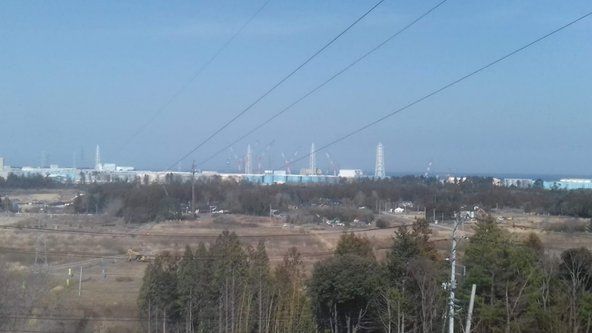
The proposals have been met with fierce opposition from local fisheries cooperatives, who argue that releasing water perceived as “contaminated” into the sea will undermine consumer trust in the safety of Fukushima seafood, which has been rebuilt after the accident through a decade of incremental progress and risk communication efforts. The core response of the Japanese Government and TEPCO to this opposition has been to try to raise public understanding of tritium, the key radioactive substance held in the treated water. This infamously led to the creation in spring 2021 of Tritium-kun, a cartoon mascot of a tritium molecule intended to familiarise the public with the idea that tritium is naturally present in the environment and regularly released into the sea from nuclear power plants. Within a matter of days, Tritium-kun was withdrawn following a backlash from residents and fishers on the Fukushima coast, who saw the mascot as patronising and insulting.
It’s not just about risk communication
The conflict between the particular scientific interpretation driving the authorities’ position and the views of some people at the local level is not simply a problem of misunderstanding or poor communication. Social scientists have long pointed out that risk is a multi-dimensional concept and that policymakers often fail to acknowledge how a local framing of a problem can drive people’s interpretations and their response to top-down information. The social sciences have also argued that when making decisions about risk, inclusion of a diverse range of perspectives in the processes through which these decisions are made are just as important as the final outcome.
The Japanese government’s and TEPCO’s hope that enhancing awareness of the safety of treated water will quell fishers’ opposition and reassure consumers arguably misses these points. The notion that risk communication will reassure consumers, and that fishers can be compensated for any losses in sales in the way the Japanese government has proposed, overlooks the possibility that fishing is a socially and culturally meaningful practice for the Fukushima coast that in itself has acted as a driver towards resilience post-disaster.
Restoring pride
In late 2019 and early 2020, along with Professor Midori Kawabe and colleagues from Tokyo University of Marine Science and Technology, we undertook workshops with fishers and local government fisheries officers in Fukushima Prefecture, with the aim of understanding how they viewed the longer-term recovery of Fukushima fisheries. Getting back out to sea to catch fish was not merely of economic importance to the fishers; they also talked about the less tangible social and cultural benefits that would come with the continued recovery and expansion of Fukushima fisheries. These included more opportunities to maintain their support networks by interacting with friends and peers, returning to a better balance of life and work with less “down time” spent in the family home, and being able to teach younger generations the craft of being able to fish in storms, historically a marker of local fishing identity. These issues were especially pointed for younger fishers, who felt they were finally starting to establish their activities and build their capabilities after losing out on fishing experience during their younger years.
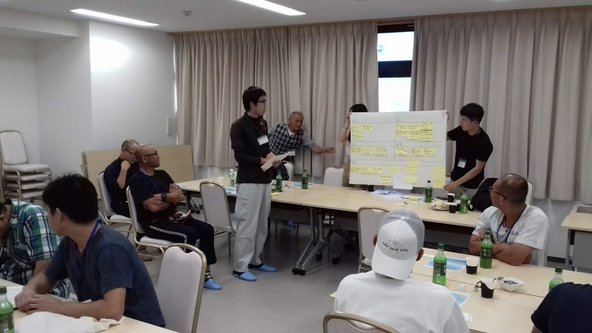
For residents of the Fukushima coast too, the consumption of local seafood acts as a source of pride and symbolises local recovery more broadly. Residents talk enthusiastically about being able to eat locally-landed fish again, sharing with pride that radioactive caesium is “Not Detected” even under stringent monitoring conditions. Conspicuous consumption of Fukushima seafood has become prominent on social media and in Japanese comic books, with some residents openly stating during a Twitter campaign that they will continue to eat local fish once treated water is released.
For me, the most important take-away message from our research is that fishers’ and residents’ concern over the releases of treated water from Fukushima Dai’ichi does not stem from a lack of understanding of marine radioactivity. Rather, fishing and the consumption of seafood are socially and culturally significant activities, and the hard work that has gone into revitalising Fukushima fisheries since 2011 comes to stand for the rehabilitation of the Fukushima coast more generally. As such, anything that is perceived as having the potential to set back this recovery or lead to Fukushima and its seafood being viewed in a negative light, such as a release of treated water, is likely to be met with anxiety or even hostility. Moreover, a lack of recognition for the very legitimate if non-quantifiable concerns of the fishing cooperatives within the decision-making process has served only to weaken already fragile relations of trust between Fukushima’s fishers, TEPCO, and the national government.
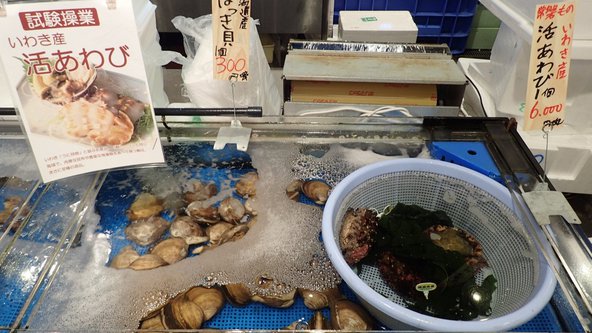
Building trust
The specifics of the ongoing debate around treated water at Fukushima Dai’ichi may be unique, but they can give us a valuable insight into how decisions taken by central government in the national interest have the potential to run up against activities and markers of identity that are a source of strength for vulnerable communities. This is particularly pertinent at a time when the UK and societies the world over will increasingly have to make difficult decisions about the future of coastal communities in response to climate change. Such decisions may involve the abandonment or managed retreat of at-risk locations, the siting of renewable energy infrastructure, or transitions away from economic activities that are no longer possible or viable under a changing climate.
The debates over the treated water releases show how the loss of culturally meaningful landscapes and practices cannot simply be offset with financial compensation, nor can communities be brought on-side simply through “better” communication of the underpinning science. The controversy over treated water in Fukushima also demonstrates that in the absence of relations of trust between national governments and influential stakeholders operating at the local scale, and in a situation where local-level actors do not feel their connections to the coast are respected or recognised, it can be very difficult to build consensus on ways forward. Under such circumstances, working with trusted intermediaries – like the local government fisheries officers in Fukushima Prefecture – can offer national-level policymakers a pathway to reconnecting with communities’ views and concerns. Deliberative approaches such as stakeholder consensus conferences or citizens’ assemblies may also offer a way to reconcile competing perspectives, provided these are set up in a way that makes clear a full range of outcomes are on the table and that policymakers are obliged to respect the recommendations that are reached. In any case, dialogue and trust-building needs to start now for the difficult decisions that lie ahead for our coastal communities in the near future.
Dr Leslie Mabon is a Lecturer in Environmental Systems at The Open University. His research focuses on resilience to environmental change in coastal communities, with a particular interest in east and south-east Asia as well as the UK. Leslie has been conducting empirical research on the coast of Fukushima Prefecture since 2014, with support from a Japan Foundation Fellowship, an ESRC-AHRC UK-Japan SSH Connections Grant, and a Regional Studies Association Early Career Grant. Leslie’s most recent work on Fukushima was supported by a Royal Society of Edinburgh-Scottish Government Scotland-Asia Partnerships in Higher Education Grant with Tokyo University of Marine Science and Technology. Leslie has recently set up the @FukushimaSeas Twitter account, where he provides plain-language summaries of the latest research and news about the situation at Fukushima Dai’ichi.

